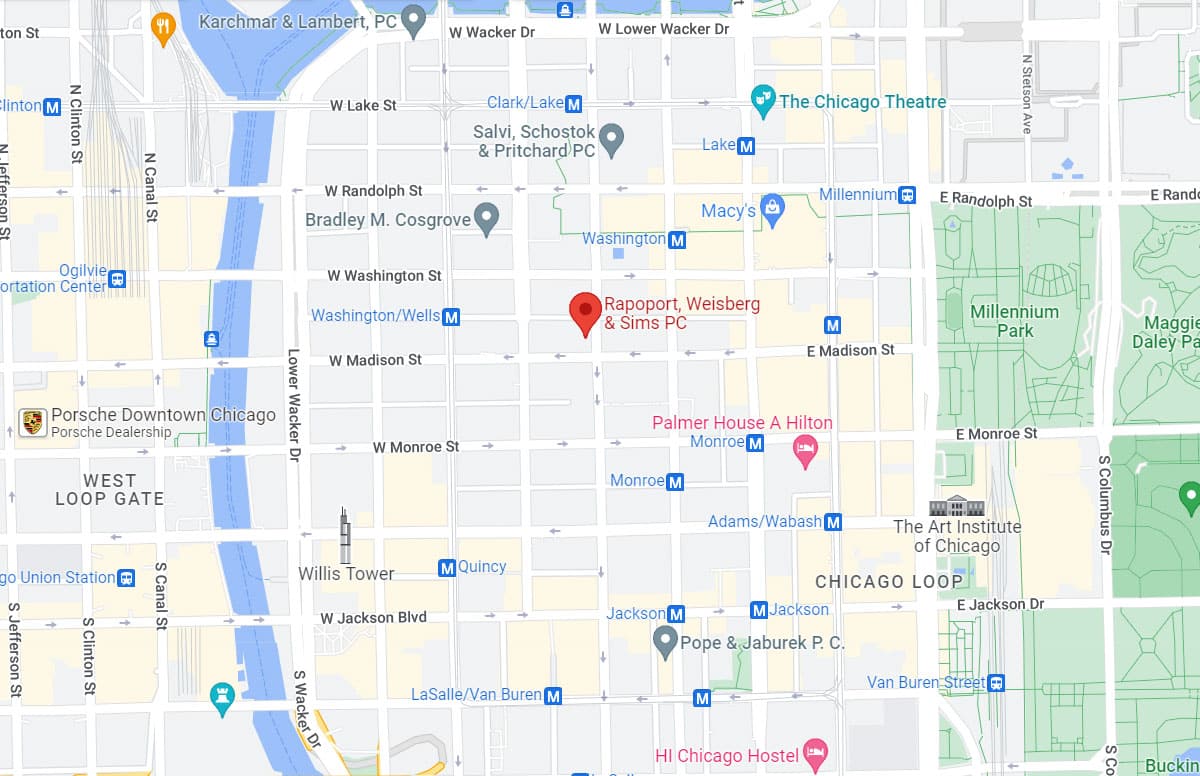The Behavioral Risk Factor Surveillance System is a telephone survey conducted each year in collaboration with the U.S. Centers for Disease Control and Prevention. The survey of more than 147,000 people from 2009-2010 included questions to determine how many drivers had nodded off or fallen asleep while driving in the previous 30 days. The CDC was attempting to gain a clearer understanding of drowsy driving and the behaviors that are connected to drowsy driving accidents. The survey reported that 4.2 percent of drivers admitted to falling asleep or nodding off behind the wheel.
An accident involving drowsy driving is more likely to result in injuries or fatalities than a non-drowsy driving accident, according to the National Highway Traffic Safety Administration. The NHTSA reports that 2.5 percent of fatal car accidents involve drowsy driving. The problem is likely more widespread than that, as there are obvious data collection problems regarding drivers who fall asleep. Modeling studies have estimated that somewhere between 15 and 33 percent of fatal car crashes may be caused by drowsy driving.
The CDC is hoping the results will help drivers avoid driving while drowsy and train them to be on the lookout for the warning signs of drowsy driving. Survey respondents who reported getting 6 or fewer hours of sleep in a night were more likely to have fallen asleep behind the wheel. In addition, respondents who reported snoring or unintentionally falling asleep during the day were more likely to fall asleep while driving. According to the CDC, drivers who are particularly prone to drowsy driving include commercial drivers, people who work nights or unusually long shifts, drivers who are using medication, people with untreated sleep disorders such as sleep apnea, and those who do not get adequate sleep. Drowsy driving is dangerous even for those who avoid falling asleep. Reaction time and decision-making ability suffer when a person is tired. Tired driving is unsafe driving.
Source: Centers for Disease Control and Prevention, “Drowsy Driving – 19 States and the District of Columbia, 2009-2010,” 4 January 2013
